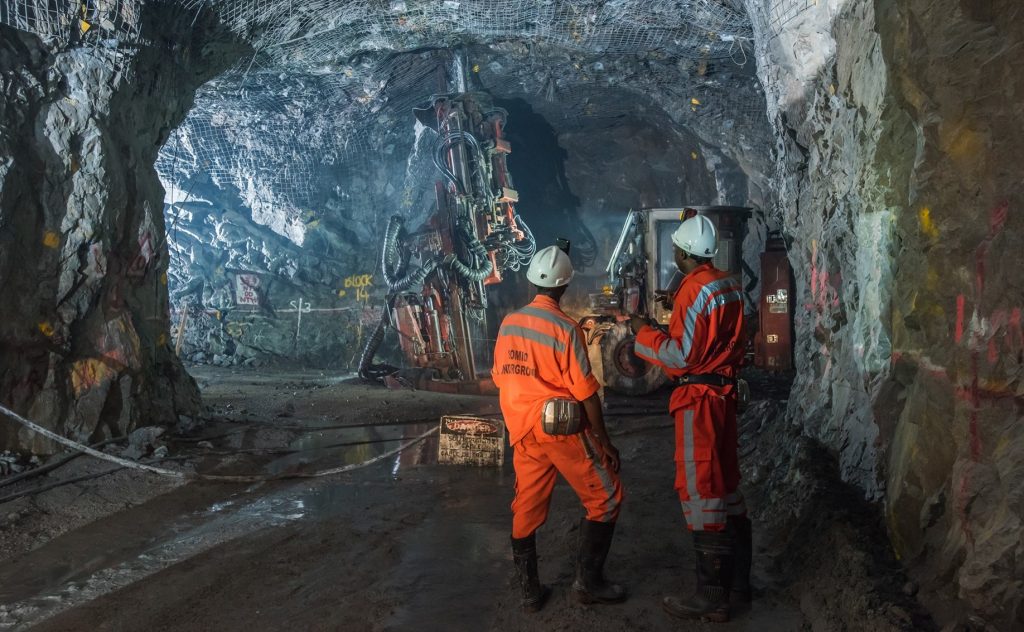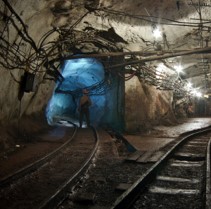In our previous article we talked about material flow and different algorithms for simulating the mixing in block caving. In this post we delve into mine sequencing and short-term production scheduling software, tools and strategies to achieve the production goals while meeting the constraints.

Drawpoint sequencing determines the starting point, sets the direction, and influences the economics for the entire block cave mine for the rest of its life. Production schedule answers the question of how much material to extract from each drawpoint in each period while meeting the strategic and operational constraints.
Block caving extracts ore from the base, rather than from the top, and the mining infrastructure is developed below the deposit before extraction begins. Tunnels provide access to drawpoints where ore is collected.
Which drawpoint to develop first, then second, and so on? This mine sequencing step fixes the point of initiation for the entire block caving project, or a part of it. It sets the direction that the cave will advance. The mine sequence influences the economics of the mine over its lifetime.
How drawpoint openings are sequenced and how much is extracted from each is based on economic value (typically from the highest to lowest economic value), the geotechnical conditions, and operational constraints.
Mine Sequence
Orebody shape, access to infrastructure, grade distribution, stress directions and magnitudes all influence the point at which to initiate the mining sequence. Determining the mining sequence, including decisions about which blocks to extract and the timing of their extraction represents the central goal of long-term mine production scheduling. The production schedule defines the management investment strategy. An optimal plan will reduce costs, increase equipment use, and optimize recovery of marginal ores while ensuring steady production rates and consistent product quality.
A systematic sequence design depends on many factors:
- Induced stresses for different scenarios
- Whether a sequence influences fragmentation
- Geological environment in terms of zoning of IRMR (in situ rock mass rating) and MRMR (mining rock mass rating)
- Ongoing mining and future dilution
- Mud rush potential
- Rockburst potential
- Potential of structural failure or massive wedge failures
- Influence of adjacent operations

The GEOVIA User community: a community by and for GEOVIA users
Discover the community of reference for GEOVIA peer-to-peer support, materials and expert insights!
- Get started and make the most of your GEOVIA software
- Become an expert in your domain of interest
- Share your knowledge and experience
- Get help from experienced users
New member? Create an account, it’s free!
Learn more about this community HERE.
